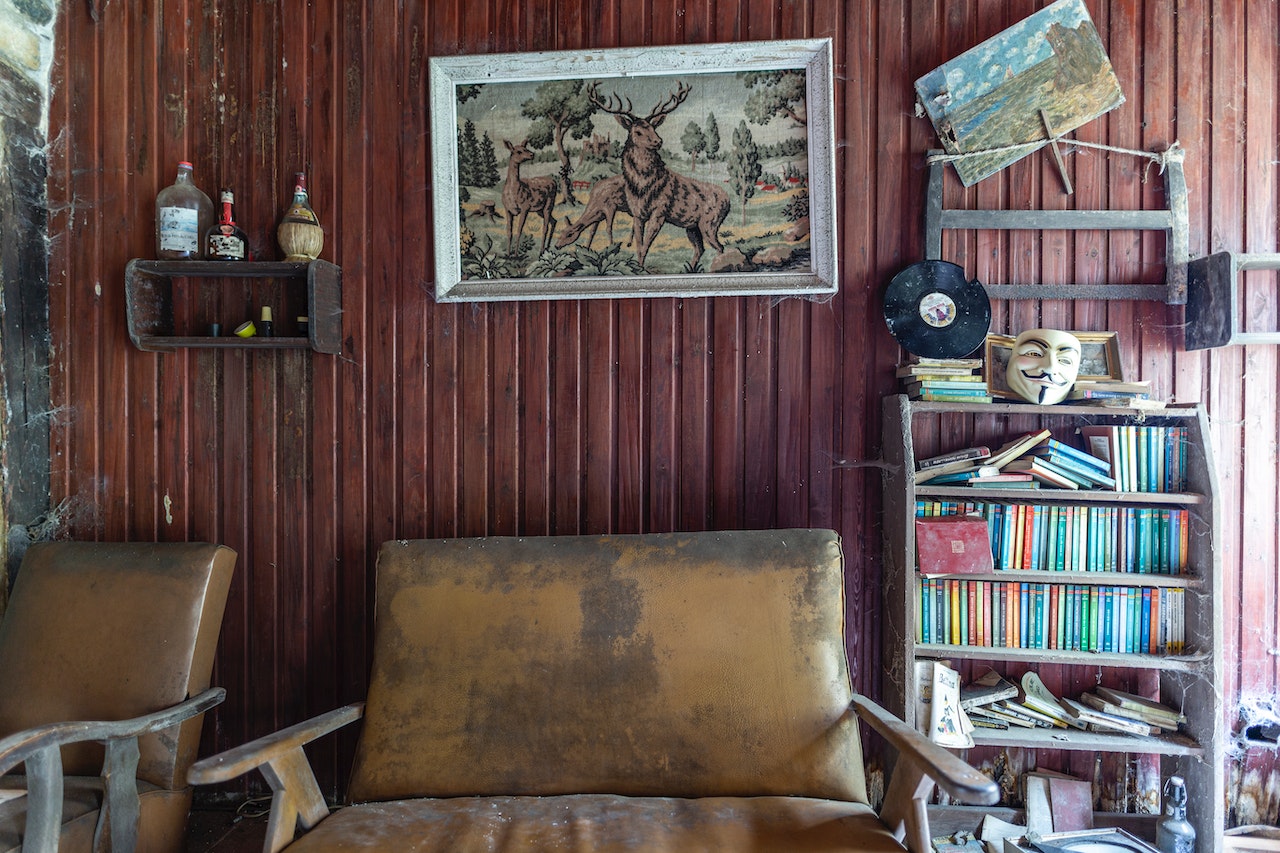Determining the Value of Your Collectibles
Have you ever considered the total worth of collectibles in your room? If so, you most definitely are not the only one. If you want to buy or sell collectibles, you should be able to determine their value, but it can take some practice. Both new and seasoned collectors frequently wonder what their collections are worth in terms of money, and these hints can assist you in doing so.

(Source)
Factors to Determine the Value of Your Collectibles
Understanding how to identify value is crucial whether you’re considering selling some of your possessions and need to know how to value collectibles like collector plates or looking for new treasures online or in a store.
-
The Rarity of the Collectible
Particularly regarding collectibles, rare things typically cost more than common alternatives, such as rare Funko Pops. There would be many examples of that product on the market if it were mass-produced. These items are less valuable because they are simple to find. Could the fact that there aren’t many of your collectibles make it valuable?
A mistake in a mass-produced object, like a rare Canadian coin or a Beanie Baby, might increase its value significantly. A typographical error can significantly increase the collectible’s value on a coin or tag.
-
Condition of Collectibles
Any vintage item or antique, including collectibles of all kinds, must be in good condition to be worth anything. All other things being equal, a thing in good shape will always be valued more than a thing with significant wear or damage.
Check your item for faults with the condition while you look at it. Are there any cracks or chips in it? What about color fading, wear of other kinds, or paint loss? Its value will likely fall toward the lower end of any range specified if it is in poor condition.
-
Trends and Demand
The law of supply and demand significantly influences the price of a collectible. The desire for a certain object evolves along with changing collecting trends. It may experience an increase in demand, driving prices up, or a decrease in demand, driving prices down. Who is interested in your collectible?
For instance, a trend in farmhouse-style interior design might raise the value of rarities like vintage tools or ironstone plates. Similarly, a decline in the trend of figurine displays might reduce the value of antique figurines.
-
Provenance
Another significant aspect of value is provenance or the item’s past. A collectible’s value will increase if you can provide proof of its past, especially if it has ties to a well-known figure. Think about what you could know about the history of your collectible as you evaluate its worth.
A collectible antique doll, for instance, might be worth $50, but one that belonged to a First Lady might be worth $500 or more. The value of a Madame Alexander doll may likewise be compared to that. A doll once owned by a well-known individual will normally be worth more if you can confirm its provenance.
Conclusion
Investing in collectibles follows the adage “purchase what you love.” And if you’re fortunate, it’ll appreciate. Sometimes the stars are also in collectors’ favor. If you want to learn more about the value of collectibles, you can contact experts at cash@collectiblesinvestmentgroup.com. For buying and selling collectibles, you can visit Collectibles Investment Group and find the best deals.
